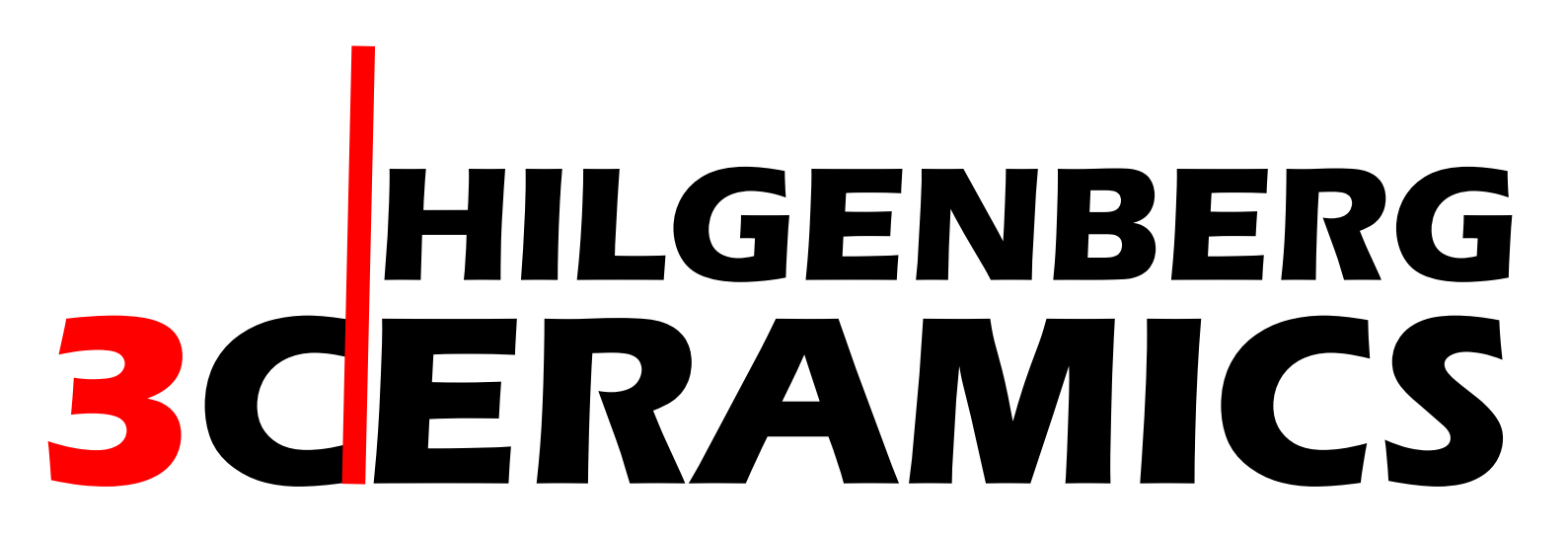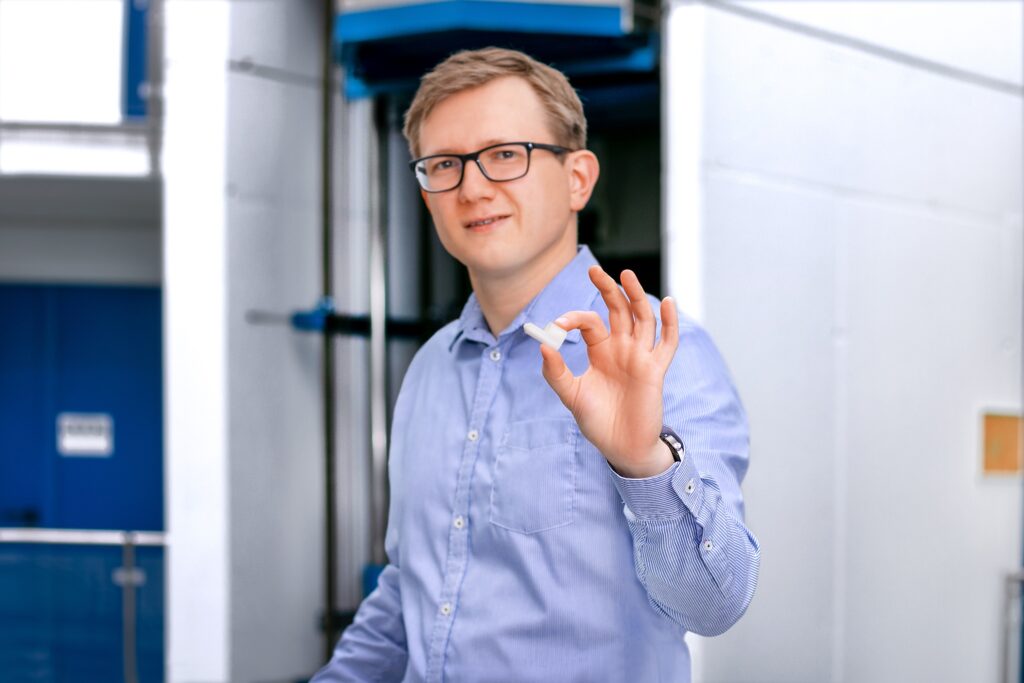Additive manufacturing of polymers has become a serious alternative to traditional production methods across many industries. Beyond its design flexibility and rapid iteration cycles in product development, 3D printing offers a major advantage: the ability to consolidate entire assemblies into a single, integrated part. This reduces the need for labor-intensive assembly steps, saving both time and cost.
Fused Deposition Modeling (FDM) – also known as Fused Filament Fabrication (FFF) – is a widely used 3D printing technology where heated filament is extruded through a nozzle and deposited layer-by-layer onto a build platform. While the technology has existed for over 35 years, most recent innovations focus on expanding the material portfolio and improving the mechanical properties of printed parts.
The Challenge with FDM Printing of Polymers
Materials like carbon-fiber-reinforced or glass-fiber-reinforced polymers are now commonly used in FDM printing. The fibers significantly increase strength, but only within the XY-plane (the printed layers). Due to the nature of the process, strength in the Z-direction (layer-to-layer bonding) remains much weaker. New layers are deposited on top of already cooled material, which leads to poor atomic-level bonding between layers. This results in anisotropic mechanical behavior and reduced performance under stress.
This challenge is especially present with PTFE, due to its low surface energy and poor adhesion properties. Weak interlayer bonding leads to stress concentrators and failure points.
Plasma Treatment to Enhance Layer Bonding
Plasma activation of polymer surfaces is a well-established technique in industrial settings – used in the production of textiles, membranes, and packaging. Plasma increases surface energy and improves wettability, static behavior, and adhesion properties. In packaging applications, it enables the strong bonding of ink or coatings.
When applied to 3D-printed components, plasma treatment breaks surface bonds and introduces functional groups (OH, NH₂, NH) that enable chemical bonding between printed layers. This concept is now being adapted to FDM 3D printing. Recent research [1] confirms that plasma-treated layers show significantly improved bond strength.
Development of a 3D-Printed Ceramic Plasma Nozzle
In collaboration with a major German research institute, Hilgenberg Ceramics developed a miniaturized plasma nozzle made from high-purity alumina (Al₂O₃). The nozzle body was produced using our in-house ceramic 3D printing process.
Plastic nozzles were also tested but rejected due to their limited dielectric stability. Plasma exposure eventually creates a conductive graphite layer at the nozzle exit, degrading performance. In contrast, alumina’s chemical inertness prevents carbon deposition and maintains long-term dielectric properties.
The nozzle is mounted next to the FDM print head and treats each printed layer in-situ with a plasma jet. The compact nozzle design (approx. 40 × 20 × 10 mm) ensures easy integration into existing FDM printers. Its geometry enables the ceramic to act as the dielectric barrier. A metallized copper layer on the outside forms the outer electrode; a second electrode is placed inside the nozzle. The high-voltage, high-frequency field ionizes the gas and generates plasma as it flows through.
Additive manufacturing made this nozzle design possible – such a complex internal geometry could not be fabricated with conventional methods.
Application Areas of the Ceramic Plasma Nozzle
Beyond layer activation for bonding, the plasma nozzle can be used for a wide range of other applications:
-
Surface cleaning before adhesives, paints, or PVD coatings are applied
-
Sterilization for medical-grade components
-
Etching and micro-roughening of fiber-reinforced filaments for better adhesion
-
Selective surface modification in recycling or microelectronics applications
The nozzle shows excellent longevity and performance. Its ceramic construction ensures consistent dielectric properties, while 3D printing enables further customization and optimization.
This technology holds potential in additional fields such as semiconductors, sensors, actuators, and display manufacturing.
[1] Tait D. McLouth et al., “Enhancement of FDM ULTEM® 9085 bond strength via atmospheric plasma treatment,” Journal of Manufacturing Processes 66 (2021) 179–188
Find more ceramic 3D printing case studies at:
www.hilgenberg-ceramics.com/news
For questions or inquiries, feel free to contact us via email or phone. We look forward to your challenge!

